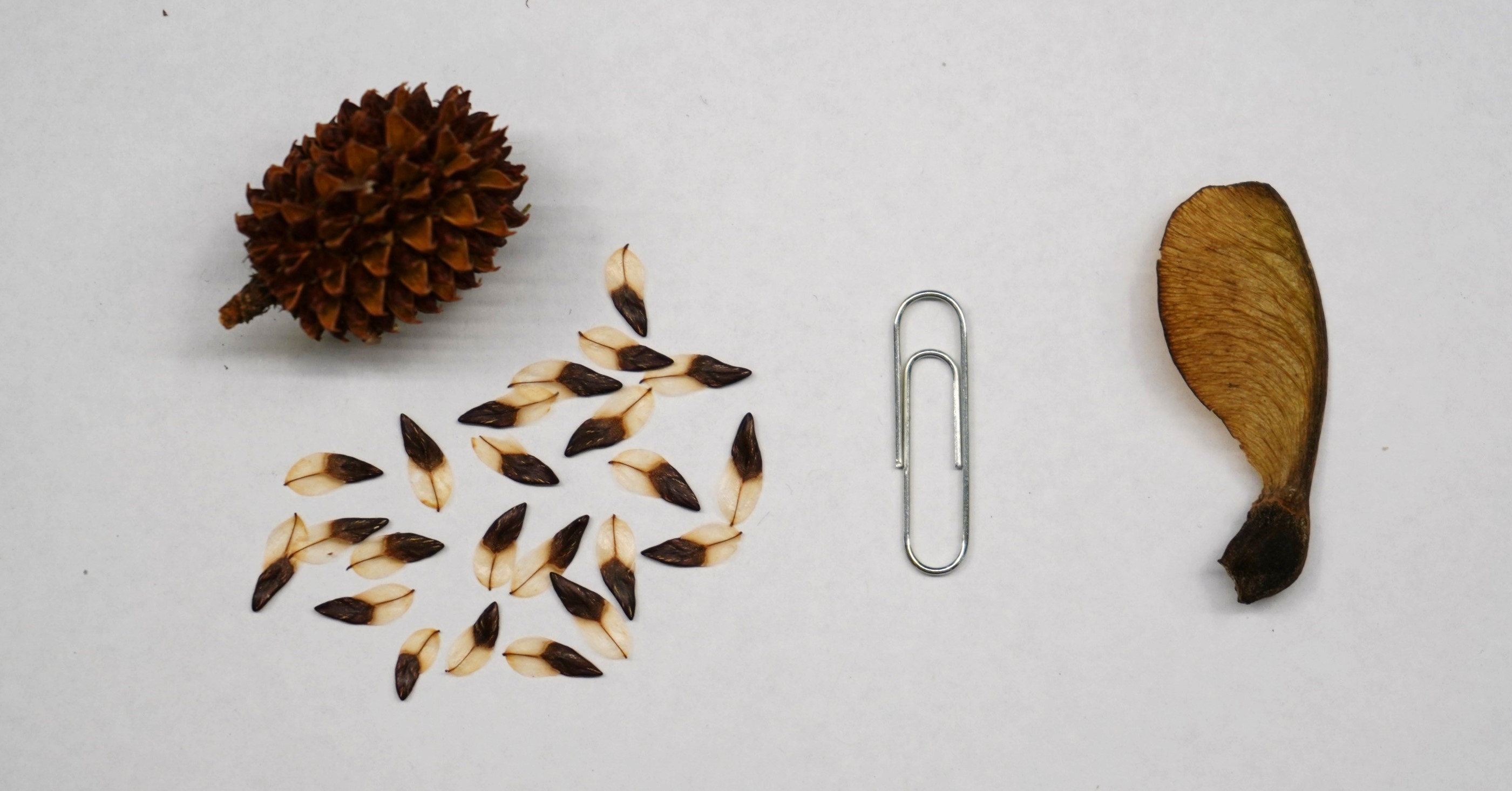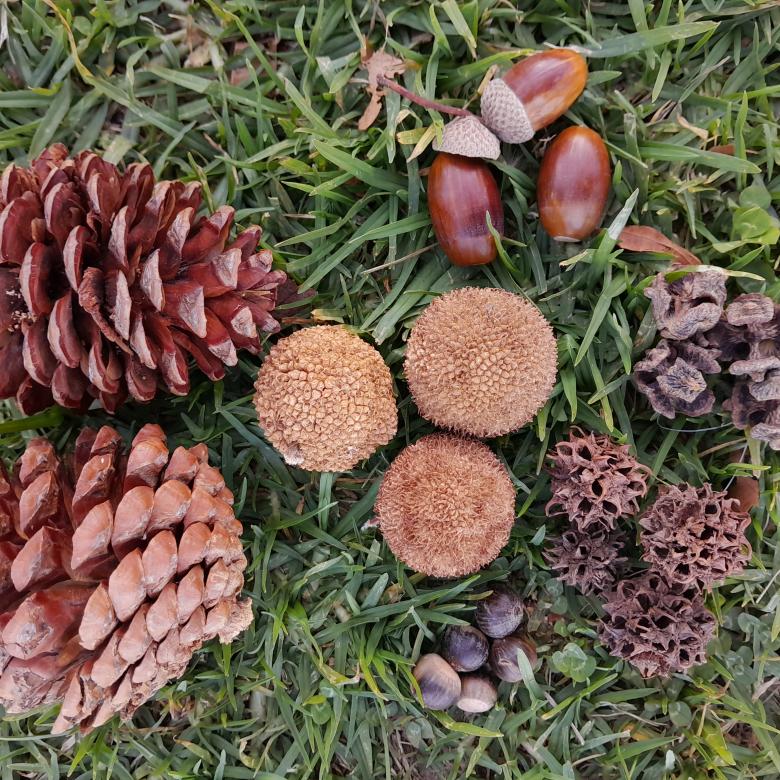You’ll need
- A print-out of the seed spinner template on A4 paper
- Scissors
What to do
- Download and print the seed spinner template.
- Cut along the red lines to cut out your seed spinner.
- Fold your seed spinner along the two green dashed lines. These folds can be small and tricky, so you might need a grownup to help.
- Fold your seed spinner along the blue dotted line, and then unfold it flat again. You want the folded section to stick up slightly with a slight bend.
- Hold your seed spinner up as a high as you can. Hold it flat, with the bent side facing up. Let it go and watch it spin as it falls! See if a grown-up can help you drop it from even higher.

Troubleshooting
If you’re having trouble getting the spinner to start spinning as it falls, try adjusting where you hold it when you let it go.
Questions to ask
Try folding the short edge over a second time. How does this change how it falls?
What other changes could you make to your seed spinner? Can you make a bigger seed spinner? What about a smaller one?
What's happening
The seed spinner is based on real seeds that have evolved wings to spin and glide! How do they do it?
Winged seeds, like your spinner, are heavier on one end. When they fall, the lighter end spins around the heavy end. This pushes air across the “wing”, and creates an upward force called lift.
This isn’t enough for seeds to fly on their own, but it does slow their fall. Falling slowly gives them a better chance of catching a breeze and being blown farther away!
But why would seeds need to drift far away from their parent tree?
Plants don’t get the chance to move very often! Once they take root, they’re stuck for life. By getting their seeds to spread far and wide, plants give their babies a chance to land in a great spot to grow.
Plants have evolved all sorts of ways to do this. Some, like casuarinas and maples, have spinning, winged seeds. But some plants catch breezes without wings at all! Dandelions have fuzzy plumes that work like somebody trying to hold onto a bundle of kites!

Did you know
Plants can use more than wind to spread their seeds! Plants that grow fruit use animals to help them.
The animals eat the fruit and poop out the seeds far away. This also gives the seedlings a nice helping of fertiliser!






